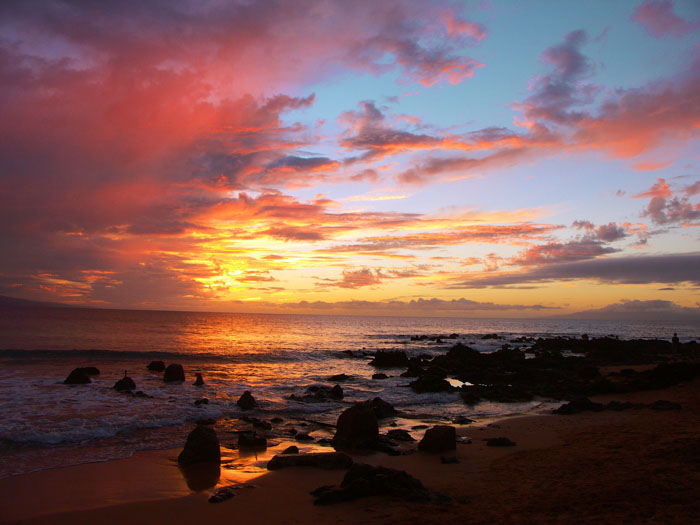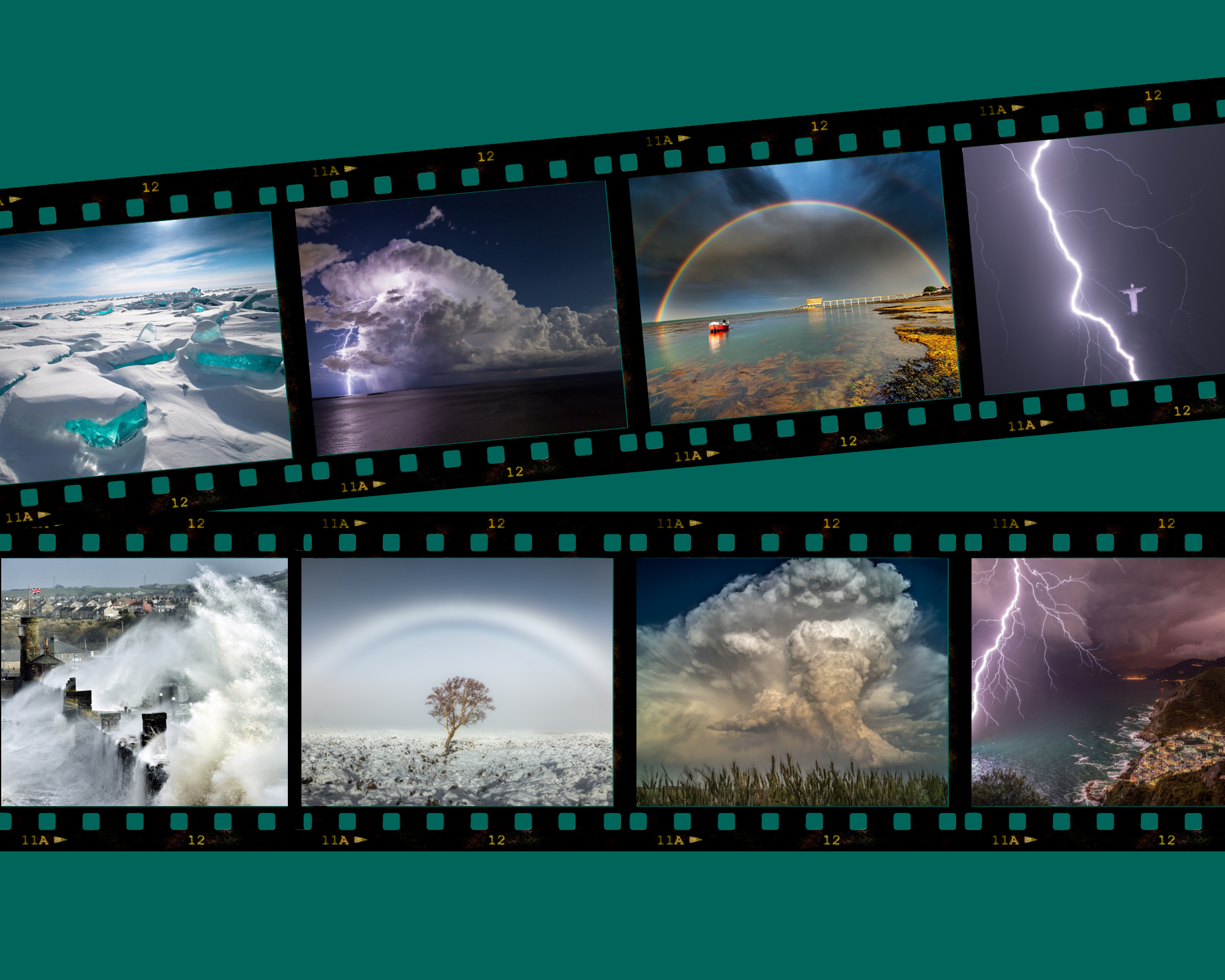

Travellers' guide: Hawaii
Professor Liz Bentley's travel weather column appears in the travel section of the Saturday Independent.
Hawaii's mild climate, beautiful scenery, warm ocean and gentle breezes make it the perfect holiday destination to visit any time of the year. Still, the variations in the weather across the islands can actually be quite surprising. Hawaii boasts 11 of the 13 climate zones in the world, each with unique ecosystems and weather characteristics. On the nightly local news, you'll find surf reports for each side of the islands, along with wind and rainfall forecasts. Yes – rainfall. Hawaii is one of the greenest places on Earth. Every day, it rains somewhere on the islands and the gentle misting rain, referred to as "kilihune", is great for cooling off. The volcanic crater of Mt. Waialeale on the island of Kauai receives an average of 1,234 cm of rainfall a year and is considered the wettest place on Earth!
The Hawaiian Islands are a fantastic place of contrast because of the dramatic variation of Hawaii's terrain. For example, on the island of Hawaii, also known as the Big Island, you can hit the beach and soak up the sun and heli-ski at the top of Mauna Kea on the same day. Thanks to the help of active sea breezes, the cloud cover in Hawaii does not usually stay put for very long. Clouds tend to hang above the mountains, drop rain and move on. So if you happen to get caught in a sudden downpour or light rain, it should clear up within minutes. One of the benefits of a sharp shower is the fact that a rainbow usually accompanies it. Rainbows, or "anuenue", are abundant across the islands, and it is not uncommon to see double rainbows.
Hawaii has only two seasons – summer, known locally as "Kau" or warm season, from May to September, and winter, or "ho'olio", the cooler season, from October to April. But it is only relatively cooler, as temperatures dip away by only 4 or 5 degrees in winter compared to the summer. So, where you are on a Hawaiian island can actually make more of a difference to the temperature, wind and rain. Each island's eastern facing side, or windward side, is usually the cool, wet and windy side, while the western facing side, the leeward side, is warm and dry.
Because Hawaii sits on the edge of a tropical zone, the islands are prone to strong trade winds and an occasional tropical storm. Although hurricanes are rare, the islands are vulnerable to Pacific Ocean storms generated to the north. In some cases, the islands will only experience the "aftershock" of storms with heavy swells, rains and super-size waves. Only four hurricanes have been recorded in the islands since 1957.
Hawaii is a surfer's paradise, with some of the world's biggest waves and cleanest barrels. In addition, visitors to Hawaii are amazed at how "warm" the ocean water feels. So you won't need your wetsuit here.
Image: Didier B



